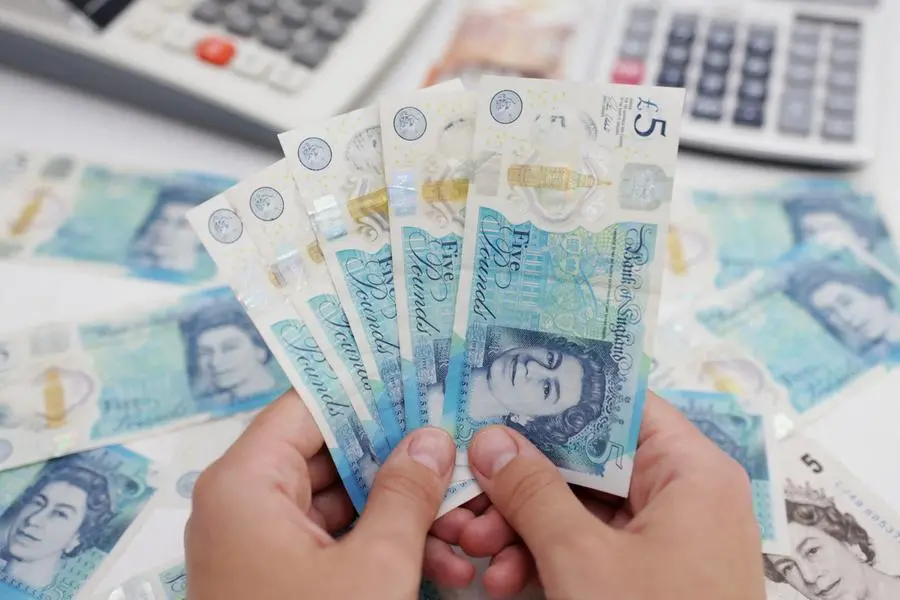The British pound approached a 2.5-year high against the euro on Friday, fueled by market expectations that the European Central Bank (ECB) will adopt a more aggressive easing policy than the Bank of England (BoE). The pound was down 0.05% at 83.24 pence per euro, following last week’s UK budget announcement, which increased inflation expectations and prompted traders to moderate their rate-cut predictions for the BoE.
The BoE cut interest rates on Thursday for the second time since 2020, signaling a cautious approach to further reductions due to economic growth concerns. The bank projected that the recent budget, characterized by substantial borrowing and spending, would bolster inflation and support the economy, causing markets to dial back on immediate rate cuts.
Investors expect the ECB to be more dovish than the BoE, as the eurozone may face greater economic impact from the anticipated trade policies of U.S. President-elect Donald Trump, particularly potential tariffs. Money markets predict a reduction in the ECB’s deposit rate to 2% by June, down from its current 3.25%, reflecting a cautious outlook for the eurozone economy.
Analysts remain divided on the pound’s trajectory. Francesco Pesole, forex strategist at ING, noted the potential for a dovish shift in the Sterling Overnight Index Average (SONIA) curve but emphasized that the eurozone’s lower growth prospects may provide support for the pound in the medium term.
The pound’s strength against the dollar, however, was tempered by market reactions to Trump’s electoral victory and the possibility of a “Red Sweep,” which could support the dollar. Sterling dipped 0.25% against the dollar to $1.2956, with analysts suggesting it may struggle to break past the 1.3000 level due to the dollar’s expected bullish response.





